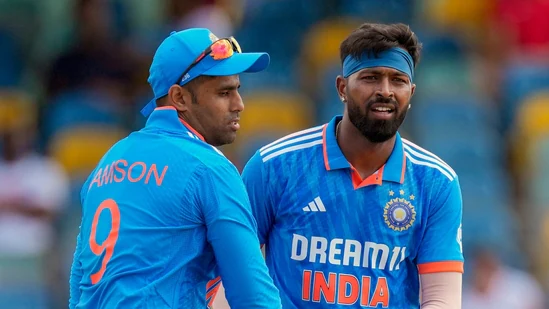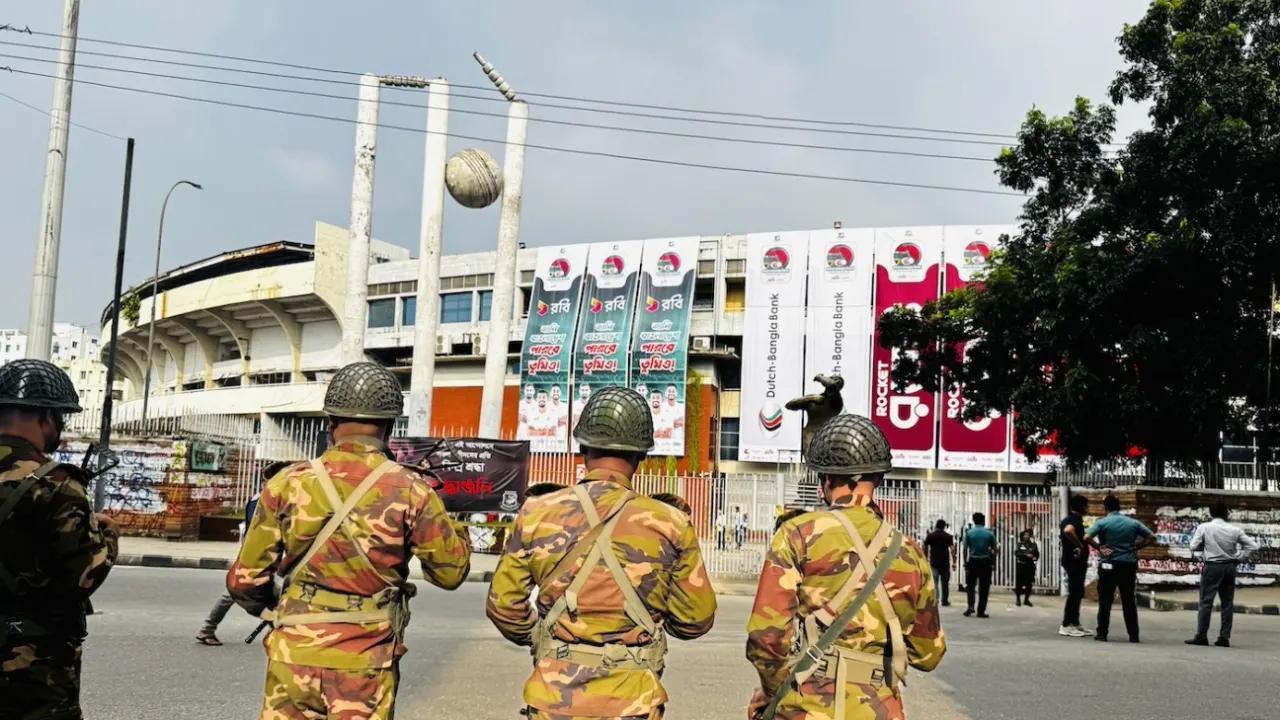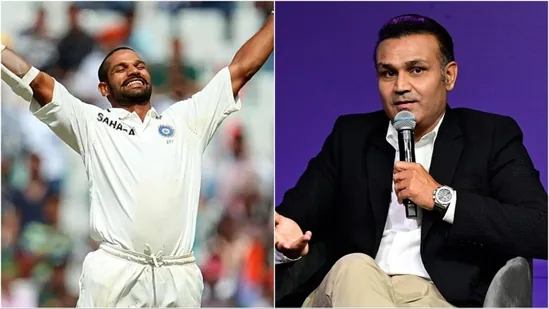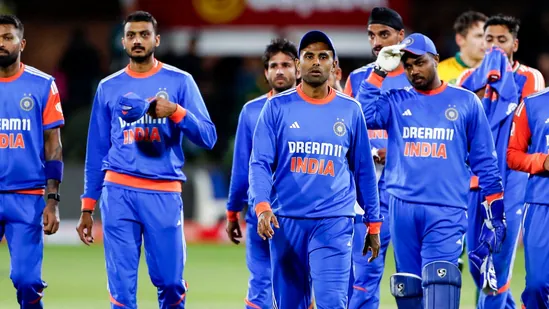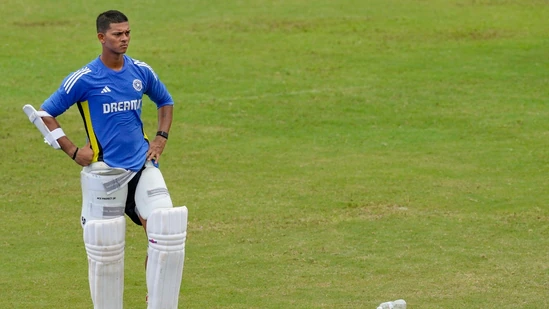Gautam Gambhir left powerless, confronted with harsh reality as India left vulnerable to Sri Lanka's dominance in disappointing surrender.
This unexpected turn of events has raised doubts about India's reputation as one of the best players of the turning ball in world cricket. While there were some signs in the past, the capitulation in this One-Day International series has sparked new concerns about their performance.
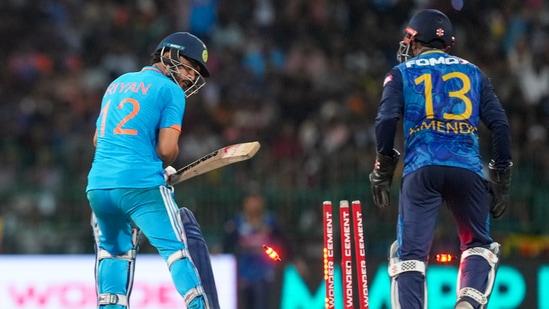
To his great credit, Rohit Sharma refused to hide behind excuses. One could argue that, having surrendered 27 wickets to spin in the three ODIs, there were no excuses to make, but it can’t be forgotten that in each of the three games, India batted second when the surfaces were slow but raging turners, where the ball gripped and turned as if it had a mind of its own. And yet, did India seek ways to counter what Sri Lanka threw at them? And if they did, was it with any degree of success? No, and no.
Sri Lanka showed how to bat in these conditions match after match, not least in the final ODI on Wednesday when, during the second-wicket stand of 82, right-handers Avishka Fernando and Kusal Mendis played the sweep and slog-sweep with excellent effect. They targeted the square sides of the wicket more than the straight field. India were neither brave nor committed to positivity. Caught betwixt and between, they were sitting ducks against the versatile and manifold Sri Lankan spinners, who had reason to believe Christmas had arrived early.
Rohit set the tone in each of the three run-chases, aware that the Powerplay overs had to be exploited because batting would get progressively harder once the ball got softer. His methods did not rub off on his colleagues; Virat Kohli was a particular disappointment, given his reputation as one of the premier batters of his generation. But he wasn’t the only letdown.
India populated their batting order with nine full-time batters for the last game on Wednesday and yet ended up with their lowest total of the series, blown away for 138 in less than two hours. It was an unedifying spectacle, this third collapse in six nights. For head coach Gautam Gambhir, as accomplished a player of spin as there ever has been, it must have been specially galling to watch his wards fumble and stutter and stumble.
What Gambhir must have learned after this defeatIndia’s addled mindsets were best reflected by their unwillingness to leave the safety of the crease. Their lack of confidence in their footwork manifested itself in playing from the crease, which brought leg before into play on pitches where the bounce progressively got lower as the match went deeper into the night. Had Gambhir felt helpless, it would have been a natural reaction, but that’s one of the problems with being a coach; you can no longer control proceedings, your job ends the moment the players take the field.
The only time an Indian batter not answering to the name of Rohit came down the track to spin led to a dismissal. Playing his first ODI since November 2022, Rishabh Pant waltzed down the pitch in hope, more than with conviction, against Maheesh Theekshana. As the ball fizzed past his outside edge, Pant turned back in dismay to see Kusal Mendis expertly whip off the bails. It was a tame end to an innings that could have defined the series and formalised Pant’s reintegration into the 50-over set-up.
Now, the KL Rahul versus Pant debate will rage on. After all, Rahul has done precious little wrong in his avatar as wicketkeeper-batter, which is why he was the preferred option in that role for the first two games. With India’s next 50-over matches not scheduled until February, it’s likely that Rahul will continue to be the first choice in the longer limited-overs version, leading up to the Champions Trophy in February-March.
Sri Lanka were the smarter of the two sides, and Rohit acknowledged that there was no shame in admitting that his team hadn’t played well at all. He refused to play the blame game, insisting that he couldn’t fault his mates’ efforts at practice and their commitment to playing strokes that were against their natural grain but that were mandatory, given the conditions. He also hinted at a potential change in personnel going forward, though he wisely refrained from a full-blown post-mortem which must in any case happen inside the confines of the changing-room, not in a press conference.
Once India’s next assignment, a two-Test home series against Bangladesh, gets underway next month, the memories of this 2-0 hammering – for that’s what it was, let’s not be under any illusion – will quickly fade away. But while that may be so, it is imperative that the lessons learnt are put to good use so as to avoid further embarrassment the next time they visit these shores.
The Hindustan Times YouTube channel now has 7 million subscribers. We thank our viewers for their support. Follow the channel for exclusive video news on politics, sports, entertainment & more. Click here.
RELATED STORIES




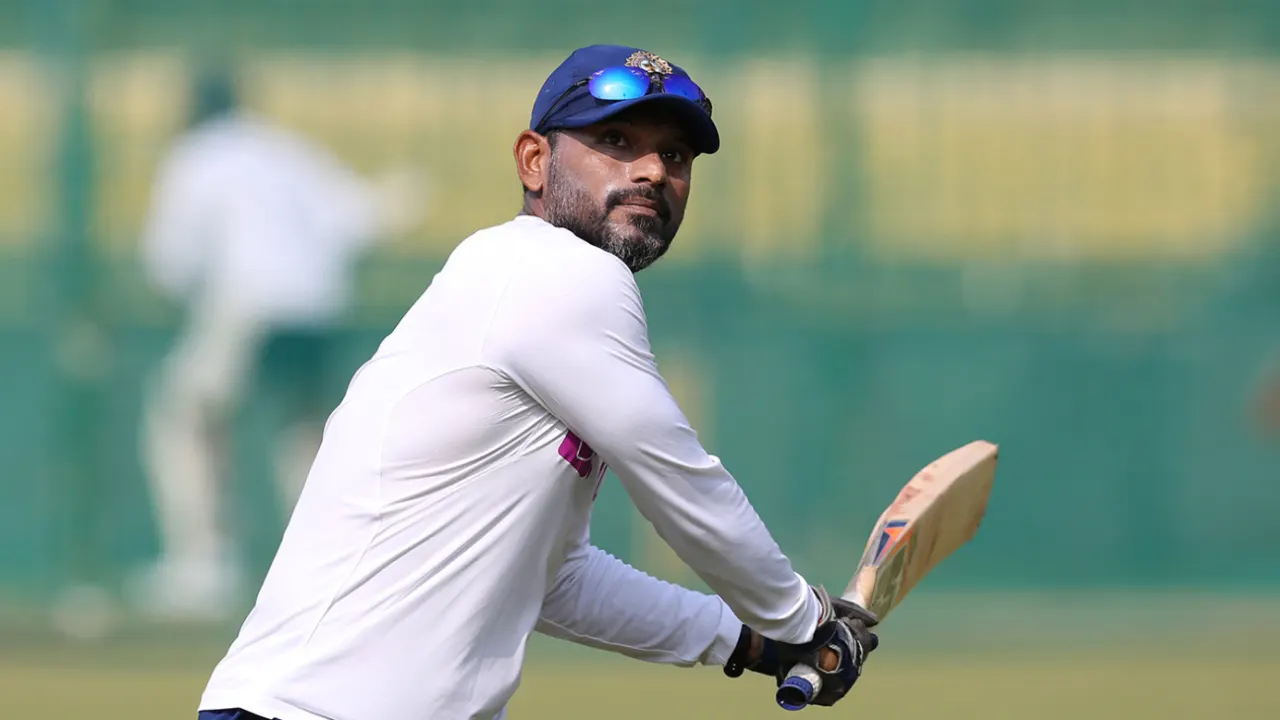

LATEST NEWS
